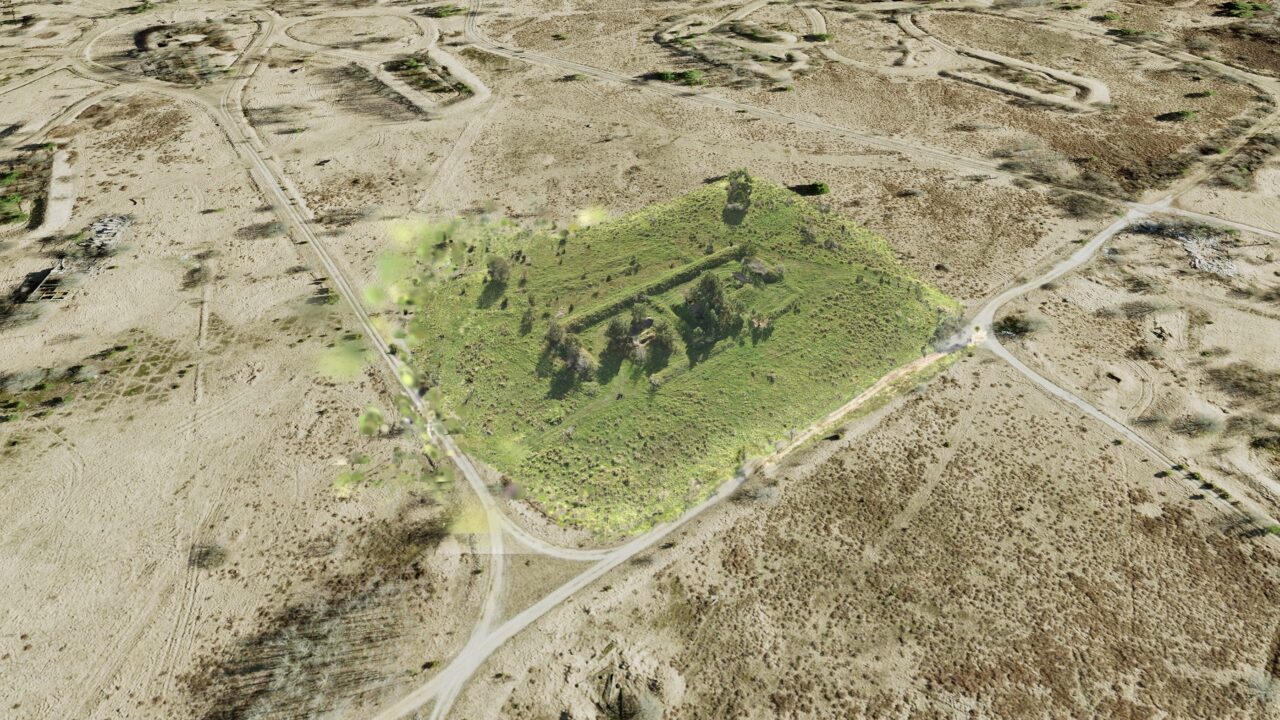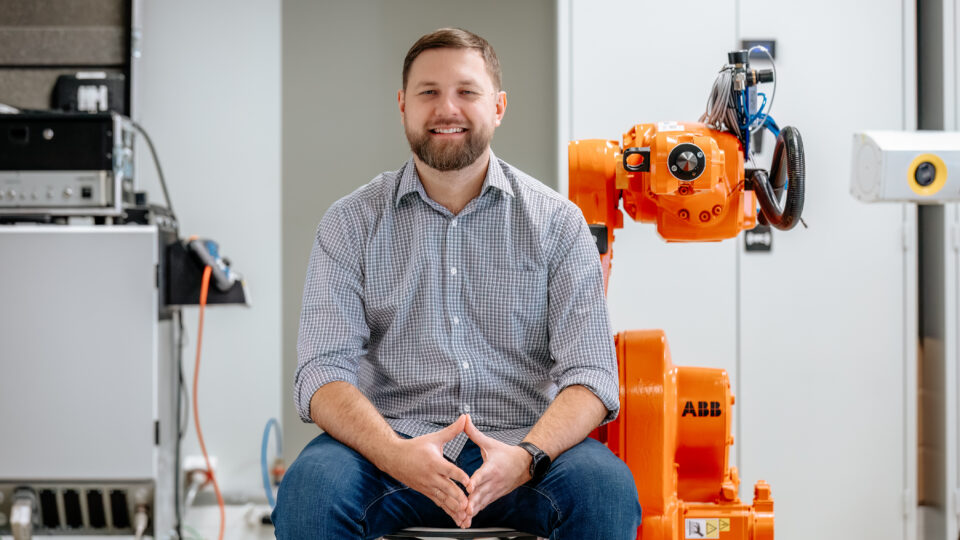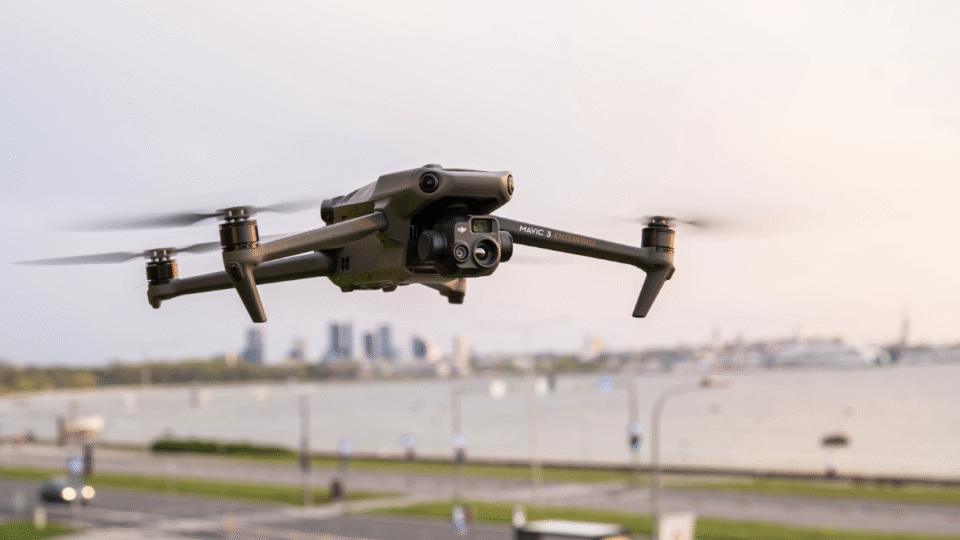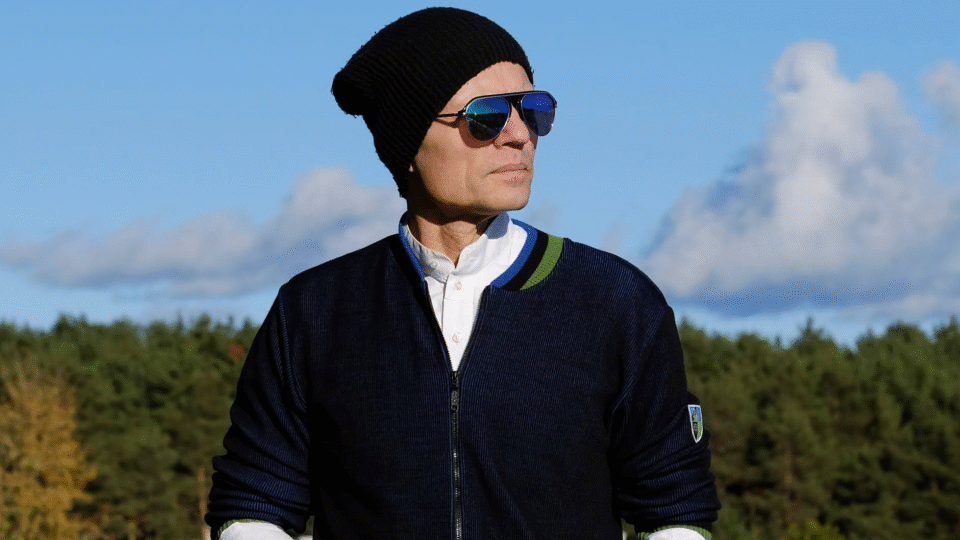At TalTech’s Industrial Virtual and Augmented Reality Lab, led by C2Grid co-founder and Professor of the Department of Mechanical and Industrial Engineering Vladimir Kuts, research is conducted on complex systems modeling and autonomous platforms. This is expertise that clearly benefits areas beyond academia. Since several lab members are from Ukraine, they were motivated to apply their knowledge in a situation where their homeland is facing Russian aggression. “Our team wanted to do something with the potential to save lives in Ukraine,” said Kuts.
The C2Grid team consists of five co-founders, four of whom are affiliated with TalTech. The fifth member brings broader experience from the defense sector. This combination has added both scientific and strategic strength to the company.
Since C2Grid’s know-how was born at the university, the most natural step was to apply this knowledge commercially through a spin-off. C2Grid was registered in October 2024, and just a few months later, product development began.
The digital mirror of the battlefield
With the help of drones, vehicles, and camera footage, C2Grid’s software creates a three-dimensional digital twin that mirrors real terrain or urban environments. These 3D images can be generated from aerial, ground-based, or potentially even underwater perspectives.
In addition, the platform helps turn collected visual data into a clear and actionable overview that supports decision-making. Using artificial intelligence, potential threats can be automatically identified, reducing the need for manual analysis. This enables analysts to make faster and more accurate decisions during operations – which can be critical in combat situations.
However, processing data in real time remains a challenge. In war zones, drones may lack network connectivity and must operate autonomously: gathering and storing data before returning to base to upload the information into the system. The software can then generate an accurate 3D model and analyze the situation as it actually appeared.
In the context of Russia’s war of aggression against Ukraine, such a solution could prove vital. The environments created by C2Grid can be used by units for operational preparation and planning – including analyzing how the structure of a specific urban area affects movement or visibility, which air routes are more accessible to drones, or how to evacuate civilians during an attack. The system potentially allows for the simulation of attacks as well as defense and rescue operations, enabling planning in a virtually safe environment.
Kuts emphasized that the company does not produce hardware, but focuses on software and data processing. “Our role is to make information work – to create an image from it that enables informed decisions.”
“Our team wanted to do something with the potential to save lives in Ukraine.”
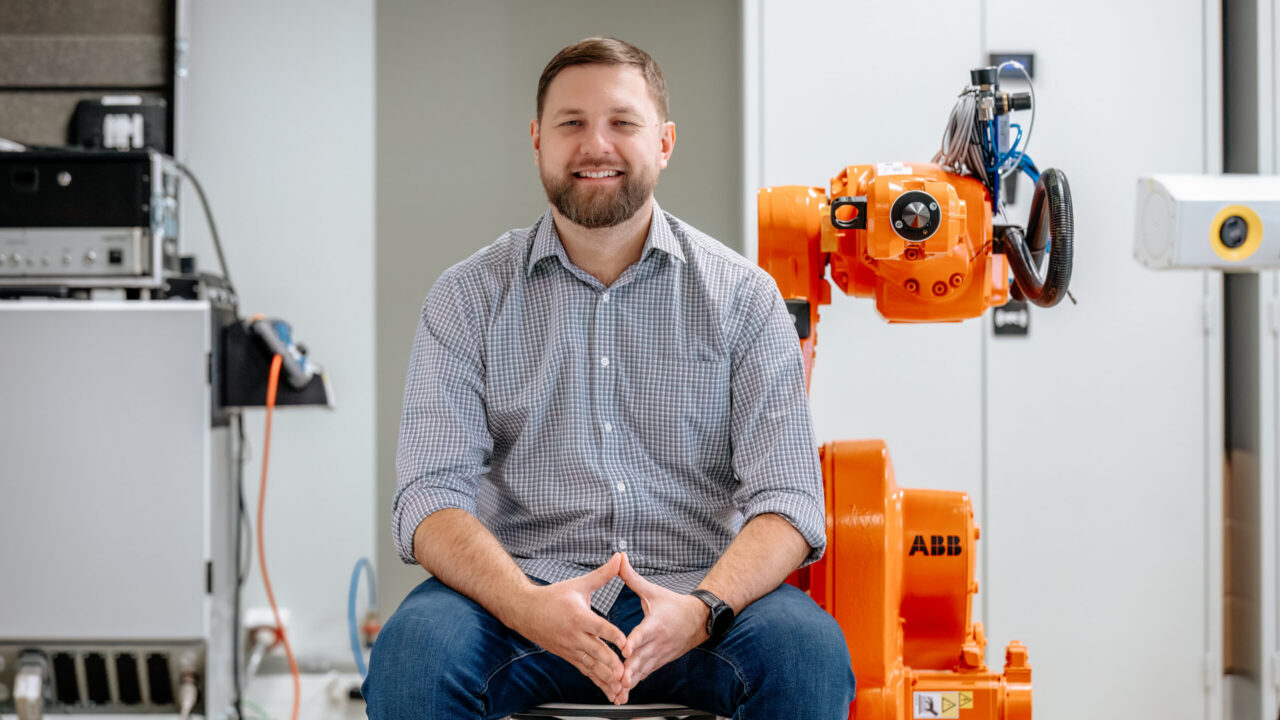
TAt TalTech’s Virtual and Augmented Reality Laboratory, led by professor and C2Grid co-founder Vladimir Kuts, researchers study complex systems modelling and autonomous platforms. Many of the lab members come from Ukraine and wish to apply their knowledge for the benefit of their war-torn homeland. Photo: TalTech
First investment within the first year
While it often takes startups several years to secure initial funding, C2Grid’s journey has been remarkably swift. Already in January, the team participated in a defense technology hackathon, where they met potential future clients and received valuable feedback. “We secured our first investment in September, so less than a year after founding the company,” noted Kuts.
The company’s growth is supported by the German venture capital fund Sunfish Partners, which invests in deep-tech startups with pan-European impact. Max Moldenhauer, a partner at the fund, considers C2Grid’s solution a groundbreaking way to quickly transform raw battlefield data into actionable intelligence. According to him, this is a technology with the potential to influence not just the defense industry, but also how people understand and operate in complex environments in the future. The venture capital fund invested €300,000 in the TalTech spin-off.
From scientist to entrepreneur
Kuts explained that C2Grid is not his first startup – he already has prior experience in the commercial development of AI applications. However, the defense technology sector prompted him to think differently and learn a lot. According to Kuts, success comes from courage and a willingness to experiment: “If you want to do something, just do it. Ask for advice, learn about the field, talk to many different people, attend trade fairs and conferences – and eventually, results will come.”
Kuts believes that researchers have no reason to fear starting a spin-off. Although the process may initially seem legally and bureaucratically complex, university support is available. The key is to form a team and clearly define roles – one leads development, another handles the business side.
Academic work and entrepreneurship may seem like different worlds, but in Kuts’s view, they complement each other. Science brings depth and structure, while entrepreneurship adds flexibility and boldness. Ideas born in the lab can be tested immediately in the company – and vice versa. According to Kuts, this synergy between being science-based and results-driven has been the foundation of C2Grid’s success. “Science must reach practice,” the professor affirmed his conviction.
“If you want to do something, just do it. Ask for advice, learn about the field, talk to many different people, attend trade fairs and conferences – and eventually, results will come.”
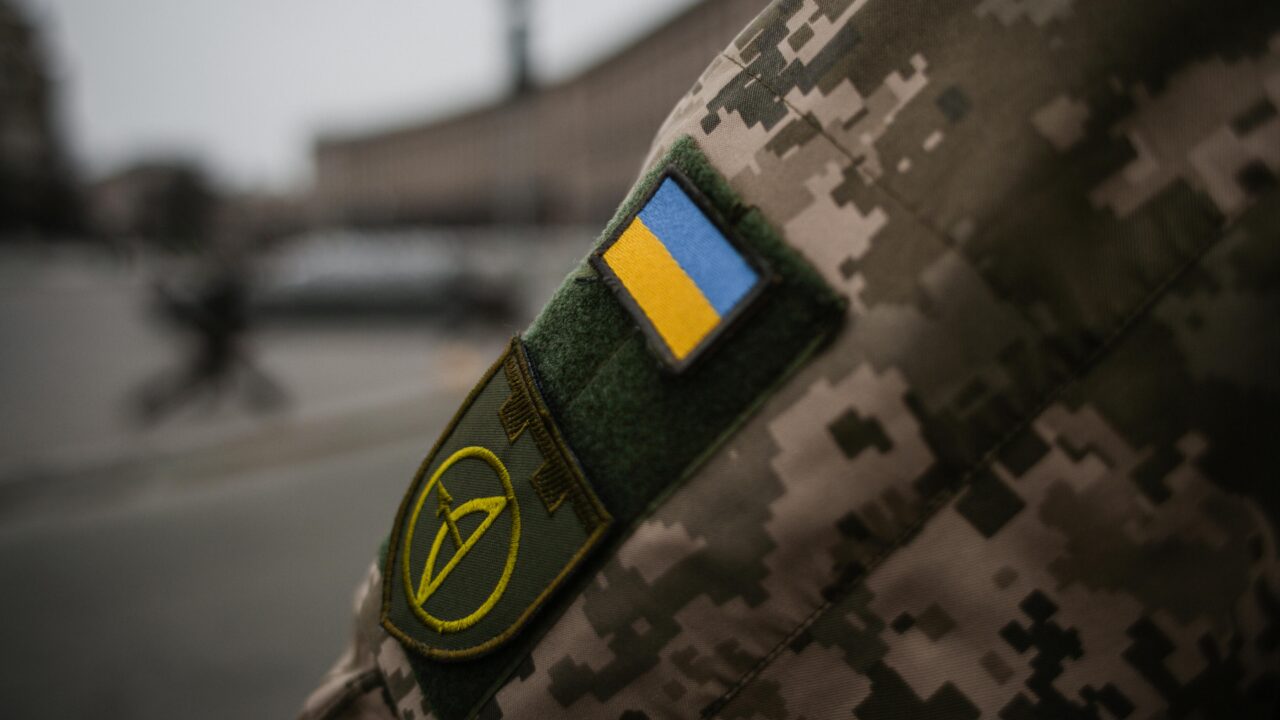
C2Grid’s cooperation with Ukrainian defense units is ongoing: every new version of the system is sent for testing, and the feedback received there is used to further improve it. In this way, a product is created that is not merely a scientific project but a practical tool with real-world applications and measurable impact. Photo: Pexels
From defence industry to the civilian world
C2Grid’s collaboration with Ukrainian defence units is ongoing: every new version of the system is sent for testing, and feedback from the field is used to improve the system. In this way, a product is developed that is not merely a scientific project but a practical tool with measurable impact.
According to TalTech’s technology transfer expert Andri Sokka, C2Grid’s journey is a clear example of how university-originated research finds its way into society and creates real value.
While C2Grid’s focus is directed toward the defence industry, the company’s technologies have also attracted interest from sectors such as construction, insurance, and emergency services. The 3D models generated from drone footage enable complex simulations and risk assessments that are otherwise difficult to foresee. “We already have contacts who see that our solutions are valuable beyond the defense sector,” said Kuts.
The company’s next goal is to refine the C2Grid software by December to the point where it can enter the market and be tested on an international level. At the same time, negotiations continue with defence and security organizations, from which the first paying customers are hopefully expected.
In Kuts’s vision of the future, C2Grid is more than just a defence technology company. According to him, the company could, within five years, be part of a larger international group developing autonomous and AI-based systems for civilian applications as well. “Hopefully, the world will be a slightly more peaceful place by then.”
“Hopefully, the world will be a slightly more peaceful place by then.”

